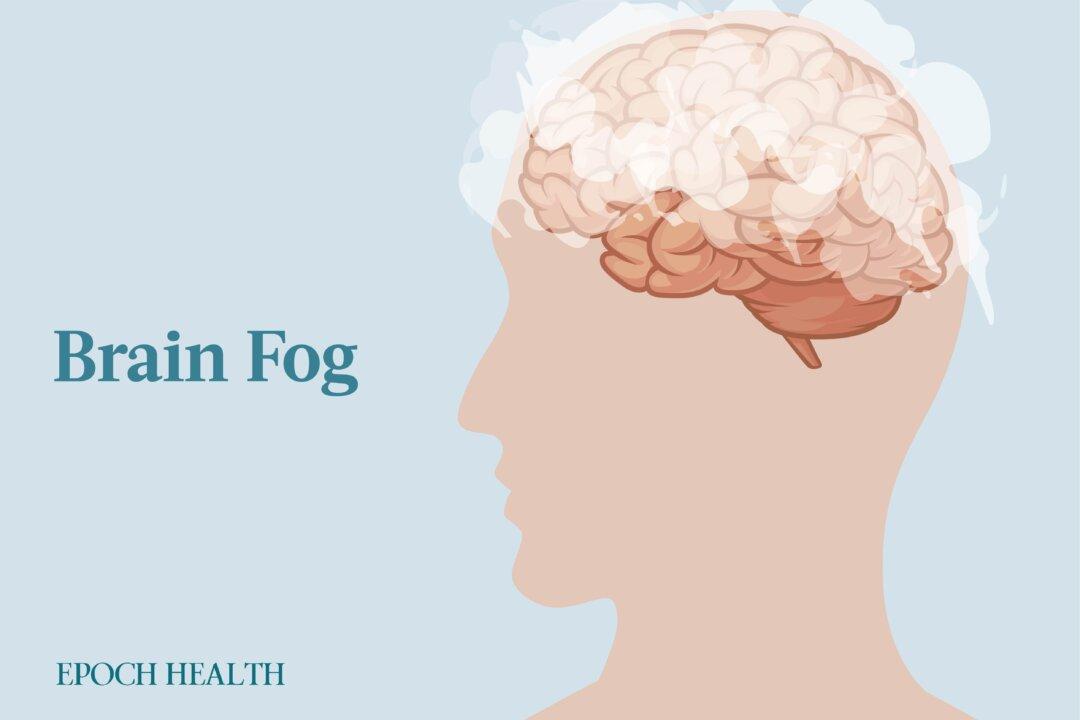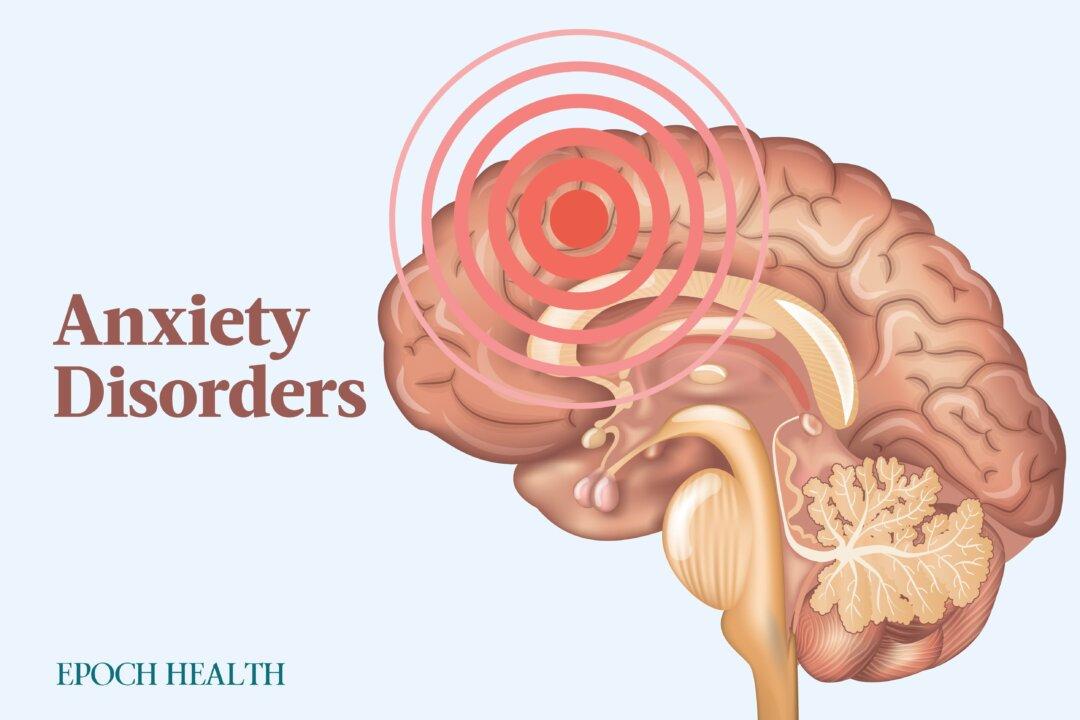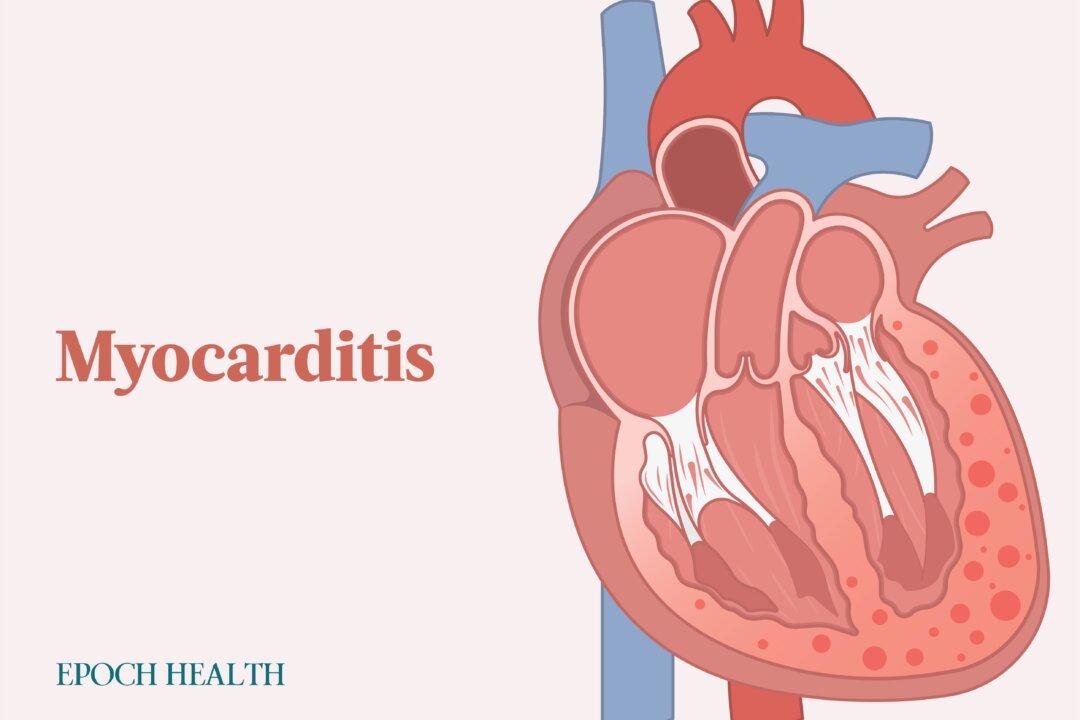The human body is an electrochemical miracle. While we often think of it as a fleshy machine of sorts, it can be more likened to a constantly changing collection of chemicals and electrical signals that’s continuously rebuilding itself and responding to your mental state, food, air intake, physical activity, and environment.
This biochemical landscape of the human body is in delicate balance. An unfathomable series of reactions transforms the molecules of the food you eat and the air you breathe into the components of your body and the energy that fuels it.






